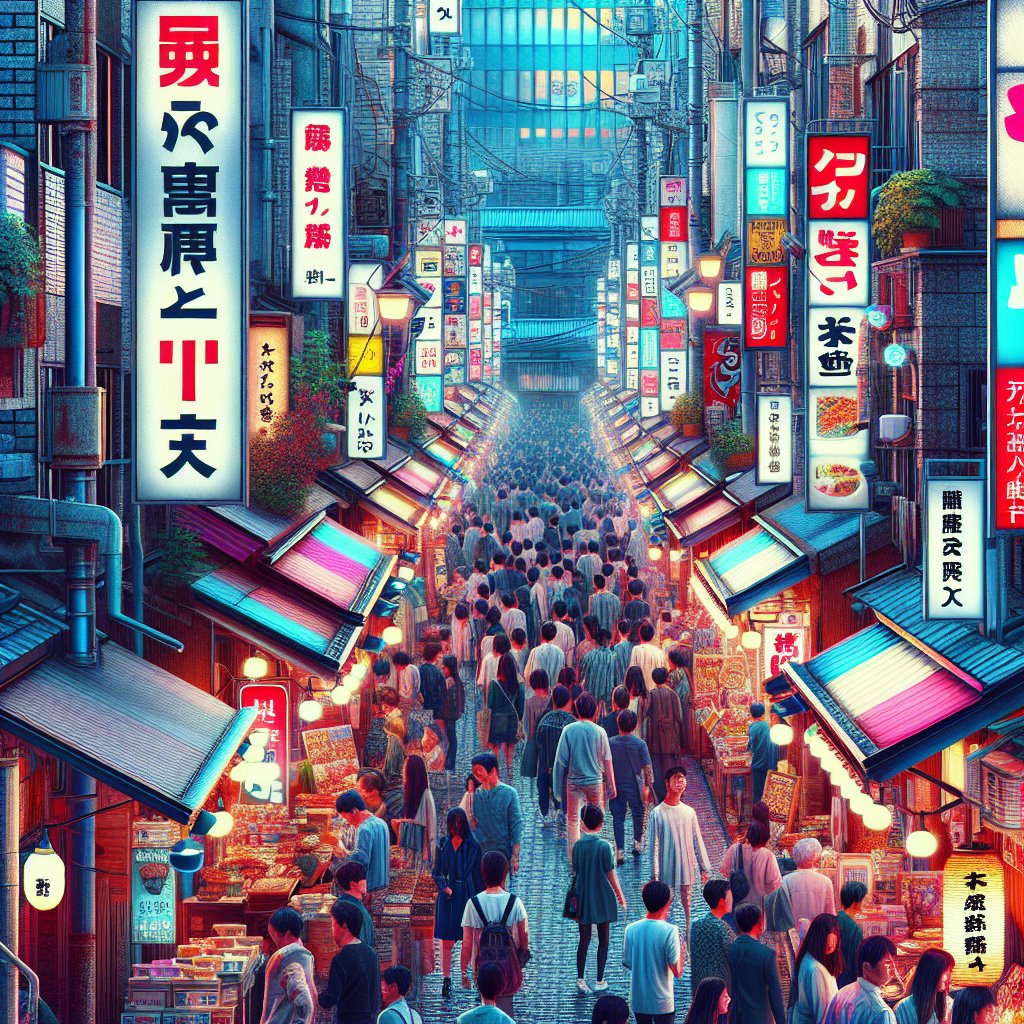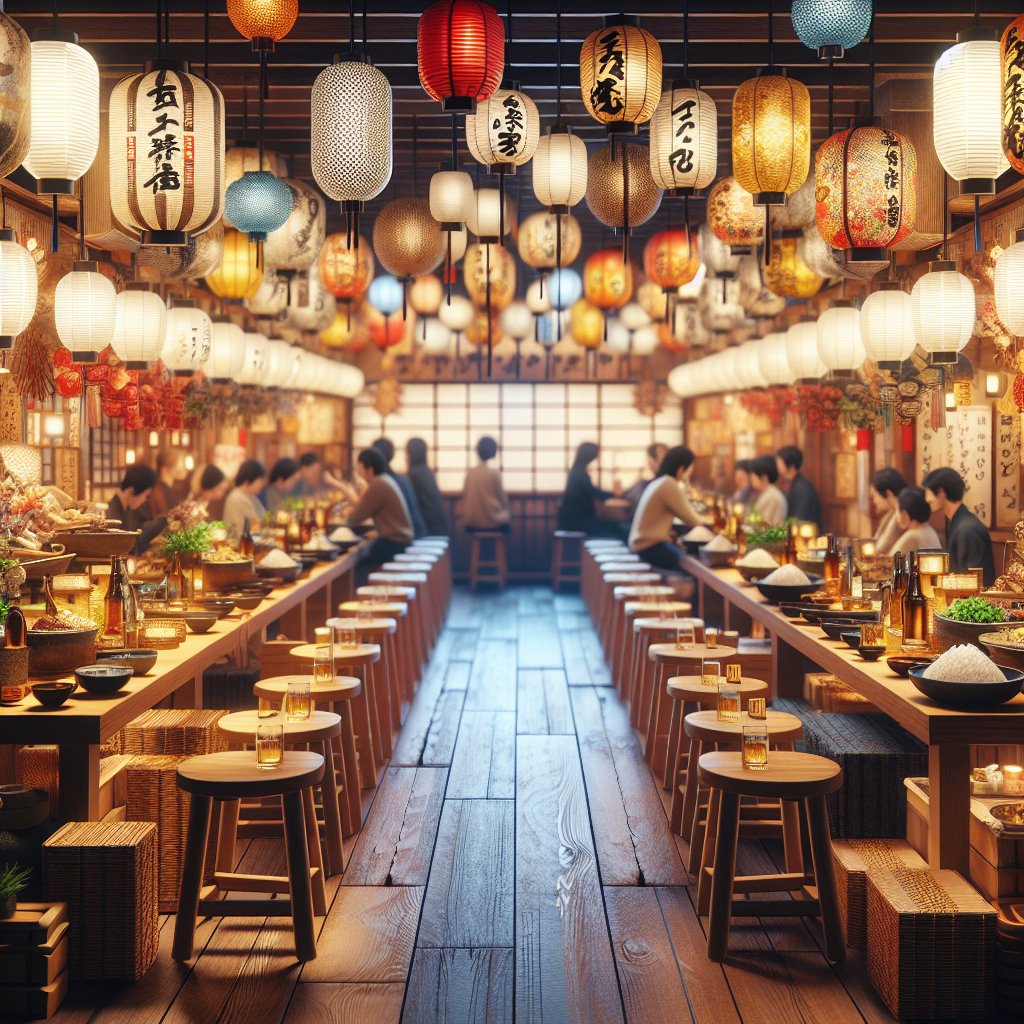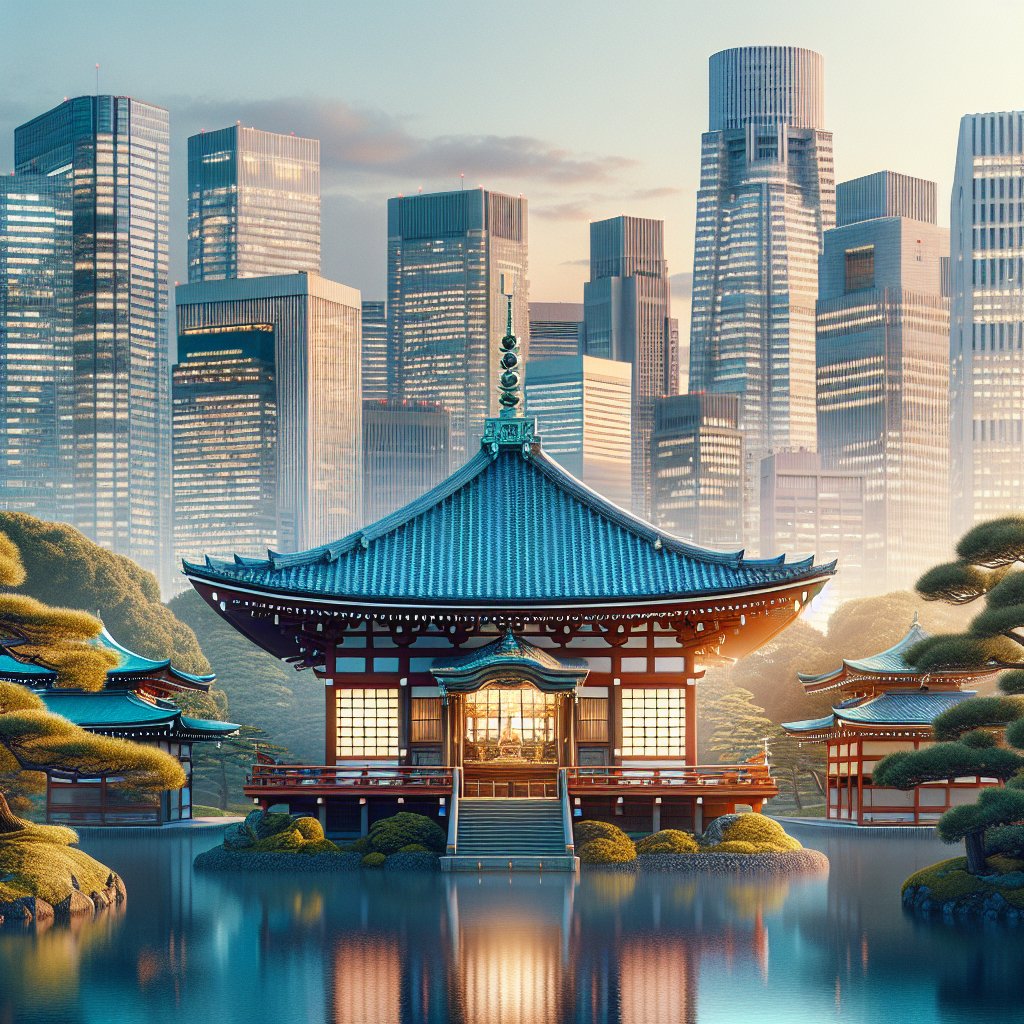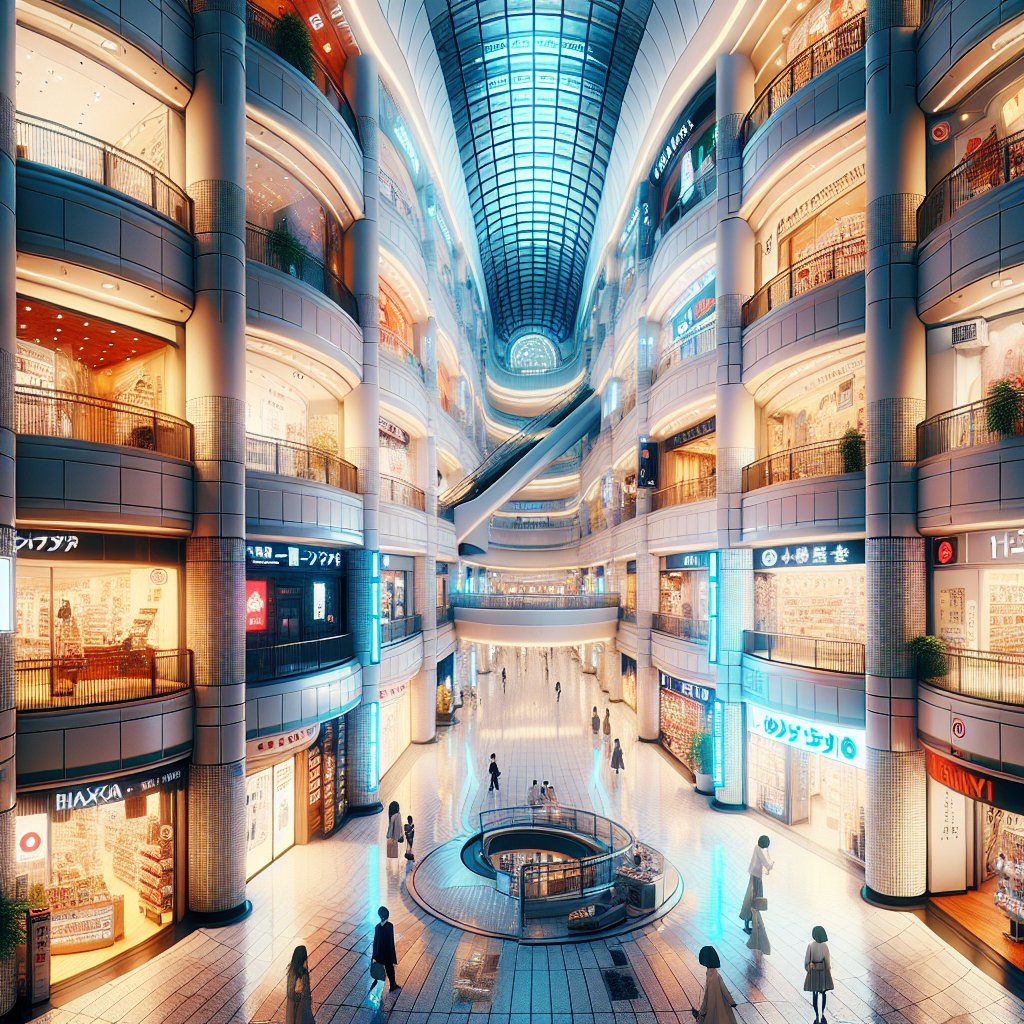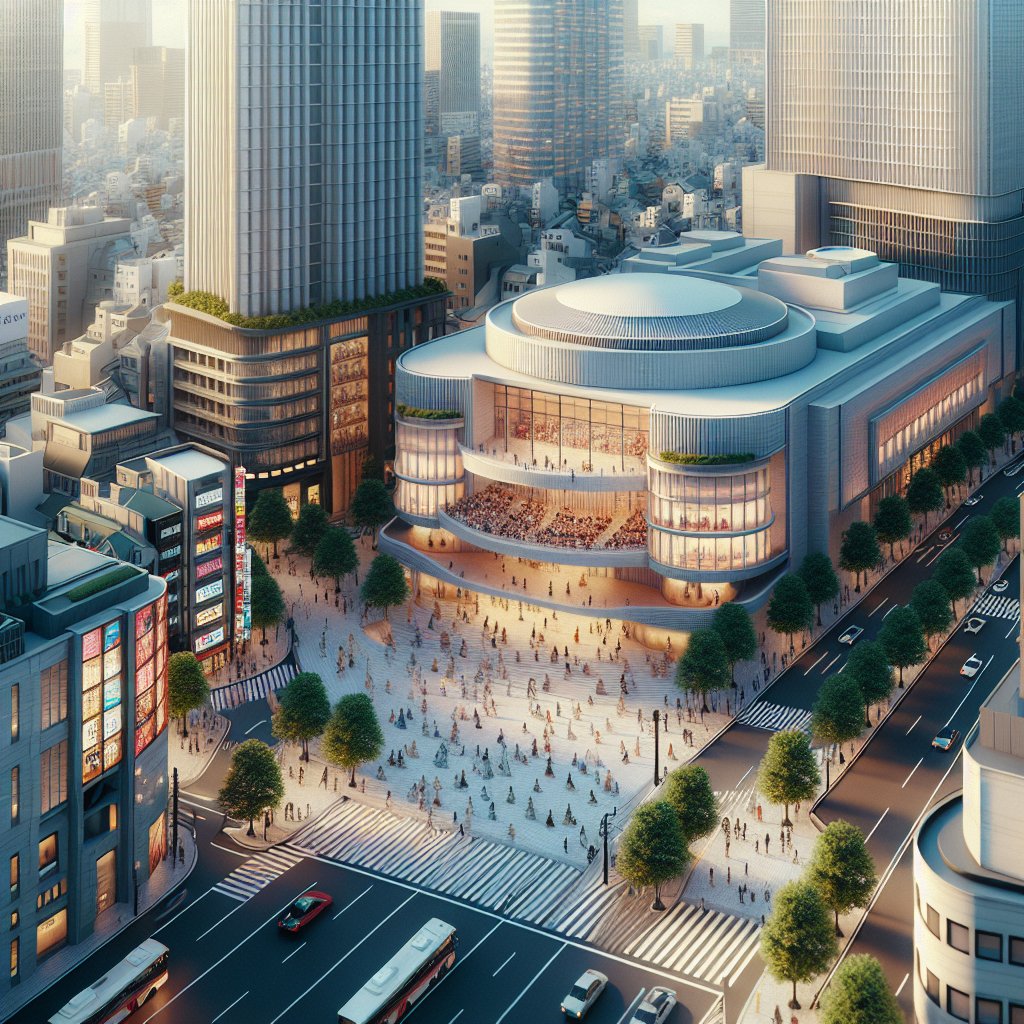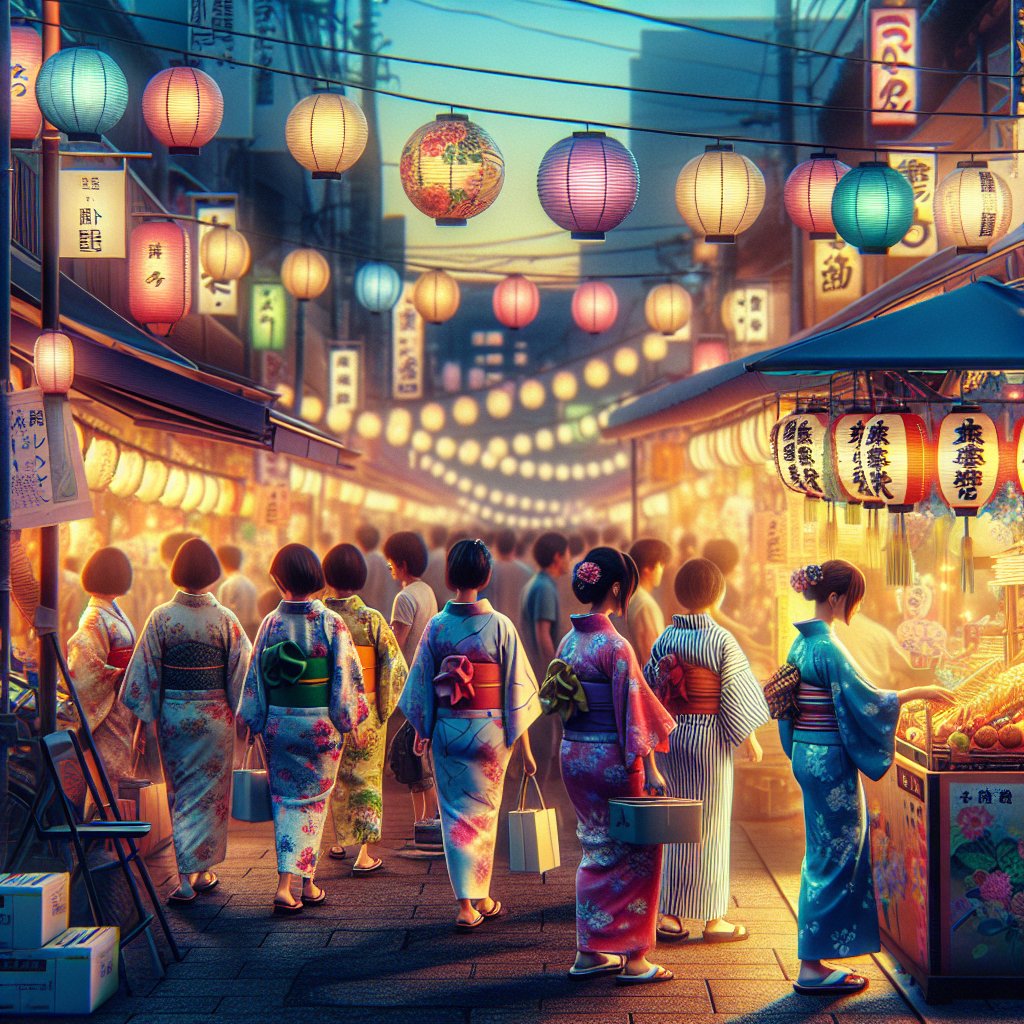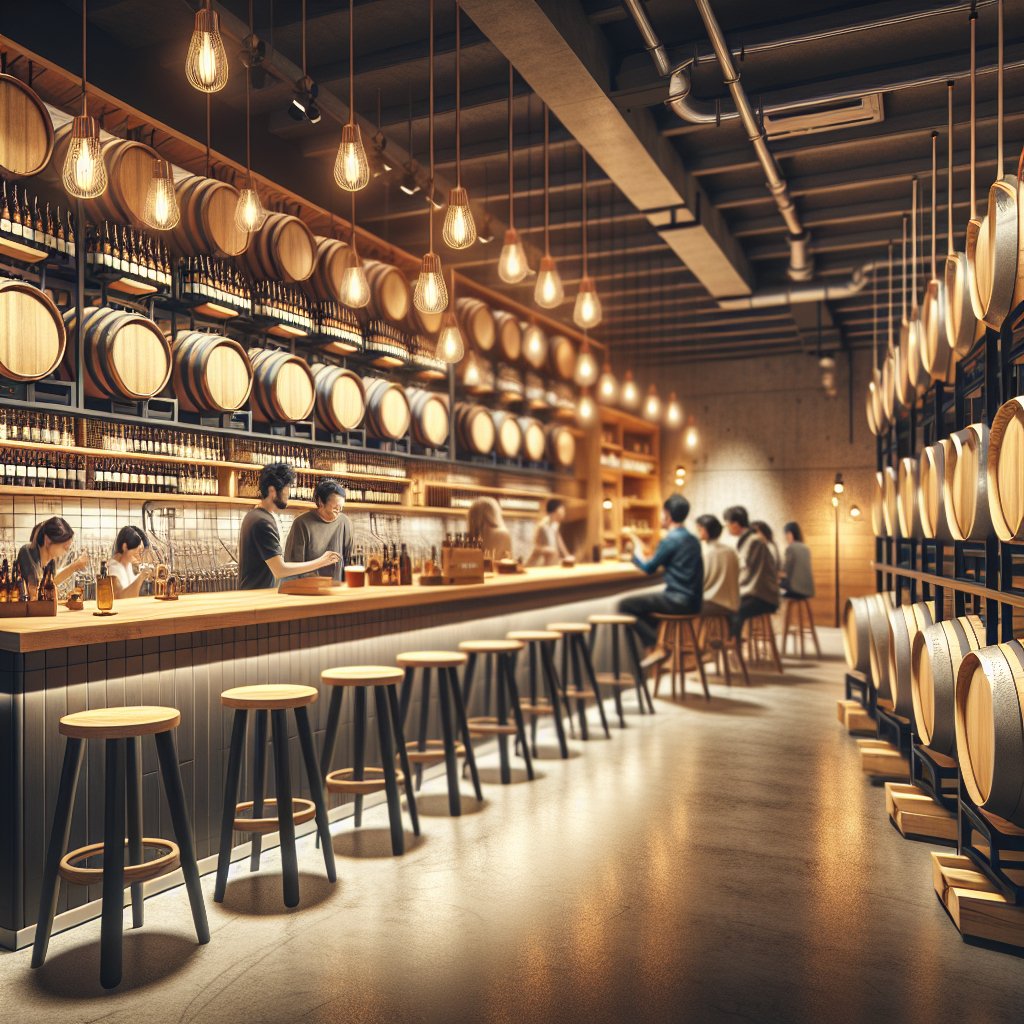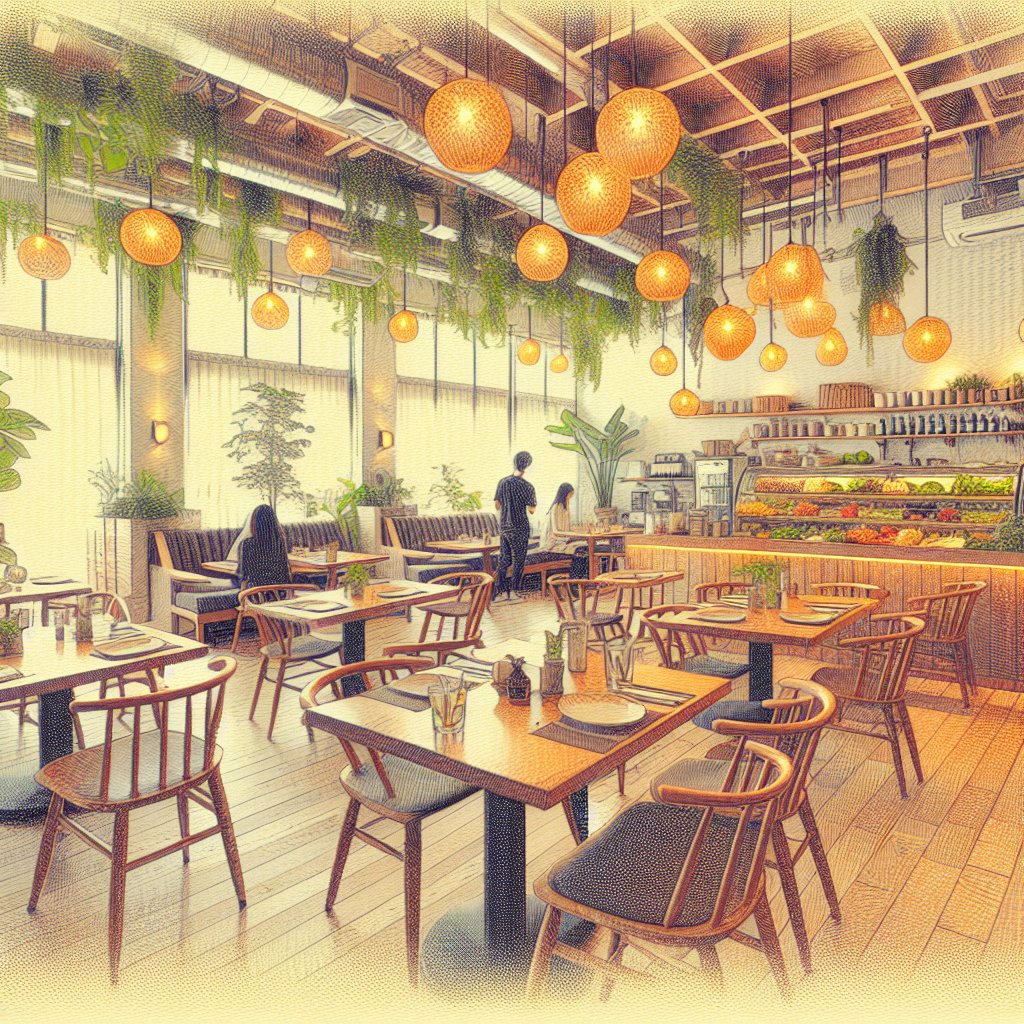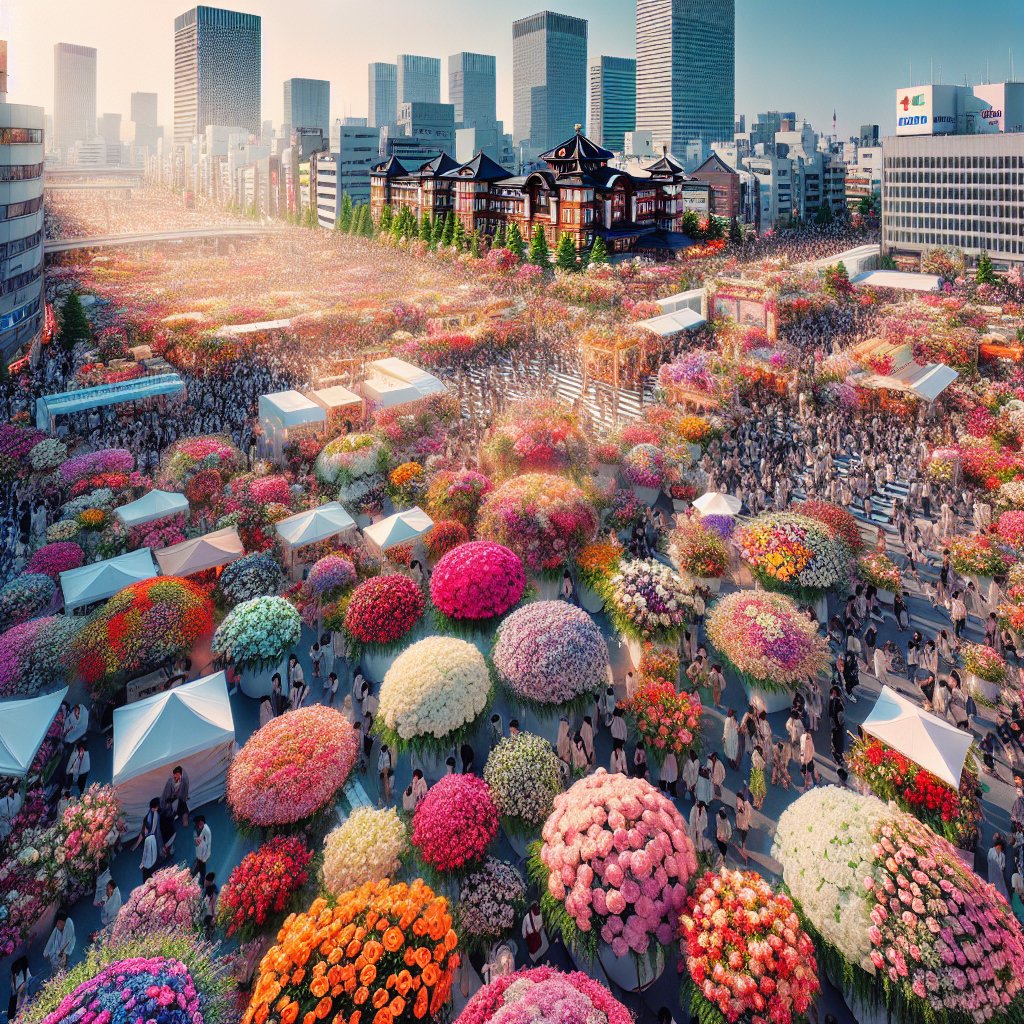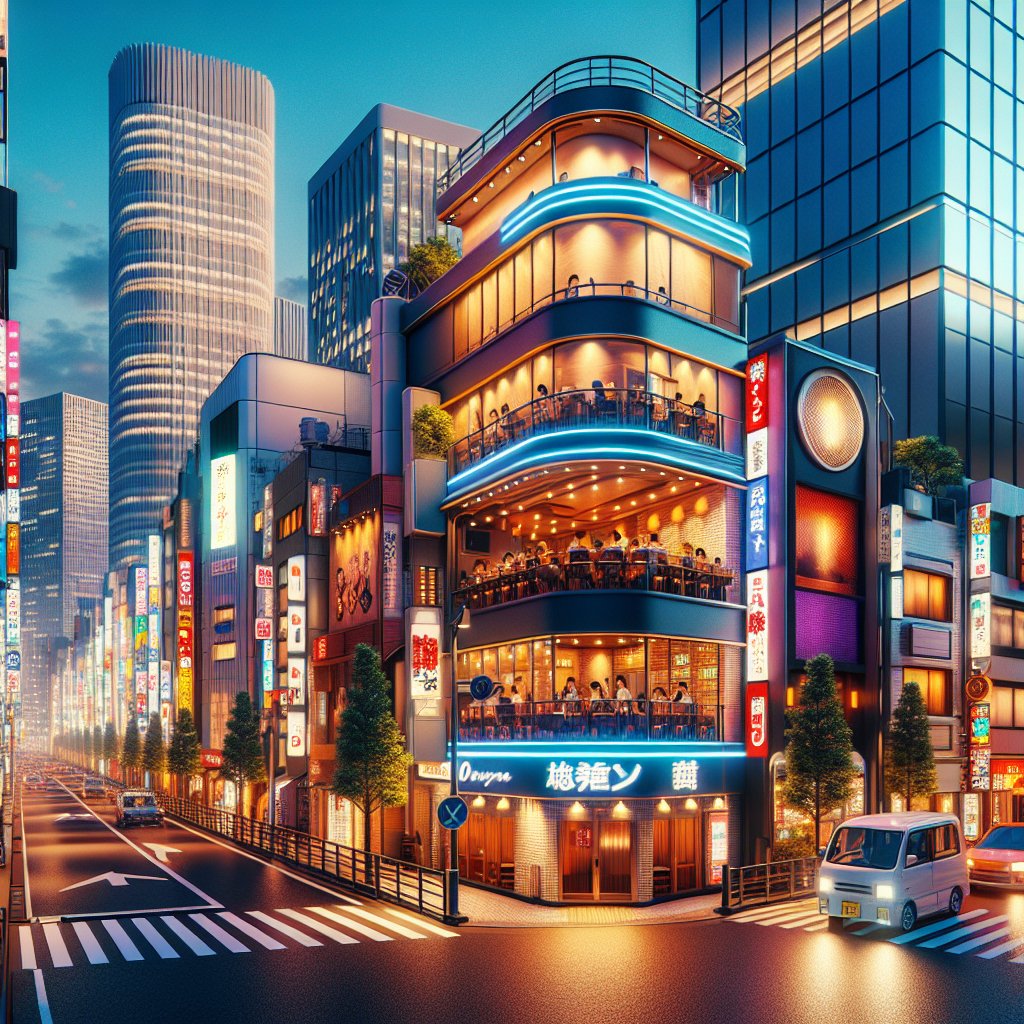Tokyo, the bustling capital of Japan, is a city that seamlessly blends tradition with modernity, offering a unique experience to its visitors and residents alike. Known for its towering skyscrapers, historic temples, and vibrant culture, Tokyo is a city of neighborhoods, each with its own distinct character and charm. In this article, we will explore some of Tokyo’s most popular neighborhoods and delve into what makes each of them special.
Shibuya: The Heartbeat of Tokyo
Shibuya is often considered the epicenter of Tokyo’s youthful energy and vibrant culture. Famous for the iconic Shibuya Crossing, one of the busiest pedestrian intersections in the world, this neighborhood is a hub of activity day and night. Shibuya is a place where fashion, music, and technology converge, making it a must-visit for anyone looking to experience the pulse of Tokyo.
The streets of Shibuya are lined with trendy boutiques, bustling shopping centers, and an array of dining options that cater to every palate. The neighborhood is particularly popular among young people, drawn by its lively atmosphere and the latest in fashion and entertainment. The area is also home to several music venues and clubs, making it a hotspot for nightlife.
One of the key attractions in Shibuya is the Hachiko Statue, a tribute to the loyal dog who waited for his owner every day at Shibuya Station. This statue has become a popular meeting point and a symbol of loyalty and devotion. Additionally, Shibuya is home to the Shibuya 109 shopping mall, a fashion mecca for young women, offering the latest trends and styles.
Shinjuku: The City That Never Sleeps
Shinjuku is another iconic neighborhood in Tokyo, known for its towering skyscrapers, bustling streets, and vibrant nightlife. As one of Tokyo’s major commercial and administrative centers, Shinjuku is a place where business and pleasure coexist. The neighborhood is home to the Tokyo Metropolitan Government Building, which offers panoramic views of the city from its observation decks.
Shinjuku is famous for its entertainment district, Kabukicho, which is often referred to as the “Sleepless Town.” This area is filled with bars, clubs, karaoke venues, and restaurants, making it a popular destination for both locals and tourists looking to experience Tokyo’s nightlife. Despite its reputation for nightlife, Shinjuku also offers a variety of cultural experiences, including theaters and art galleries.
For those seeking a moment of tranquility amidst the hustle and bustle, Shinjuku Gyoen National Garden provides a peaceful escape. This expansive park features beautifully landscaped gardens, traditional Japanese tea houses, and cherry blossoms in the spring, offering a serene retreat from the city’s fast pace.
Asakusa: A Glimpse into Tokyo’s Past
Asakusa is a neighborhood that offers a glimpse into Tokyo’s rich history and traditional culture. Known for the iconic Senso-ji Temple, Tokyo’s oldest temple, Asakusa is a place where visitors can experience the city’s historical roots. The temple, dedicated to the Buddhist goddess of mercy, Kannon, attracts millions of visitors each year, who come to pray and explore the surrounding area.
Nakamise Street, leading up to Senso-ji Temple, is lined with traditional shops and stalls selling souvenirs, snacks, and local crafts. This bustling street offers a taste of old Tokyo, with its vibrant atmosphere and array of traditional goods. Visitors can sample local delicacies such as ningyo-yaki (small cakes filled with sweet red bean paste) and freshly made senbei (rice crackers).
Asakusa is also home to the Asakusa Culture and Tourism Center, which provides information on the area’s attractions and offers a viewing deck with stunning views of the Tokyo Skytree and the surrounding cityscape. The neighborhood’s blend of history and culture makes it a must-visit for those looking to explore Tokyo’s past.
Harajuku: The Epicenter of Youth Culture
Harajuku is synonymous with youth culture and fashion, known for its eclectic mix of styles and trends. This neighborhood is a haven for fashion enthusiasts and those looking to experience Tokyo’s unique street style. Takeshita Street, the heart of Harajuku, is lined with quirky shops, boutiques, and cafes, offering everything from vintage clothing to the latest in Japanese fashion.
Harajuku is also famous for its vibrant and colorful street art, as well as its unique subcultures, including the iconic Harajuku girls, who are known for their bold and creative fashion choices. The neighborhood is a place where self-expression is celebrated, and visitors can often spot people dressed in elaborate and imaginative outfits.
In addition to its fashion scene, Harajuku is home to several cultural attractions, including the Meiji Shrine, a serene Shinto shrine surrounded by a lush forest. The shrine offers a peaceful retreat from the bustling streets and is a popular spot for traditional Japanese weddings and cultural ceremonies.
Ginza: Tokyo’s Luxury Shopping District
Ginza is Tokyo’s premier shopping district, known for its luxury boutiques, high-end department stores, and upscale dining options. This neighborhood is a paradise for shoppers, offering a wide range of international and Japanese brands, as well as exclusive designer stores. Ginza’s streets are lined with flagship stores of renowned fashion houses, making it a destination for those seeking the latest in luxury fashion.
In addition to its shopping offerings, Ginza is home to a vibrant arts scene, with numerous galleries and theaters showcasing both traditional and contemporary works. The neighborhood is also known for its culinary excellence, with a variety of Michelin-starred restaurants and gourmet eateries offering exquisite dining experiences.
Ginza’s blend of luxury and culture makes it a popular destination for both locals and tourists looking to indulge in the finer things in life. The neighborhood’s elegant atmosphere and sophisticated charm make it a must-visit for those seeking a taste of Tokyo’s high-end lifestyle.
Akihabara: The Mecca for Tech and Anime Enthusiasts
Akihabara, often referred to as “Electric Town,” is a haven for technology and anime enthusiasts. This neighborhood is famous for its numerous electronics stores, offering everything from the latest gadgets to rare and vintage tech items. Akihabara is a paradise for tech lovers, with its wide range of products and knowledgeable staff ready to assist with any tech-related inquiries.
In addition to its electronics offerings, Akihabara is a hub for anime and manga culture, with countless shops dedicated to these popular Japanese art forms. Visitors can find a vast array of merchandise, including figurines, posters, and collectibles, as well as themed cafes where they can immerse themselves in their favorite anime worlds.
Akihabara’s unique blend of technology and pop culture makes it a must-visit for those interested in exploring Tokyo’s modern and innovative side. The neighborhood’s vibrant atmosphere and diverse offerings make it a popular destination for both locals and tourists alike.
Conclusion
Tokyo’s neighborhoods each offer a unique glimpse into the city’s diverse culture and lifestyle. From the bustling streets of Shibuya and Shinjuku to the historical charm of Asakusa and the fashion-forward Harajuku, each area has its own distinct character and attractions. Whether you’re a first-time visitor or a seasoned traveler, exploring Tokyo’s neighborhoods is an essential part of experiencing the city’s rich tapestry of life. With its blend of tradition and modernity, Tokyo continues to captivate and inspire those who venture into its vibrant streets.


